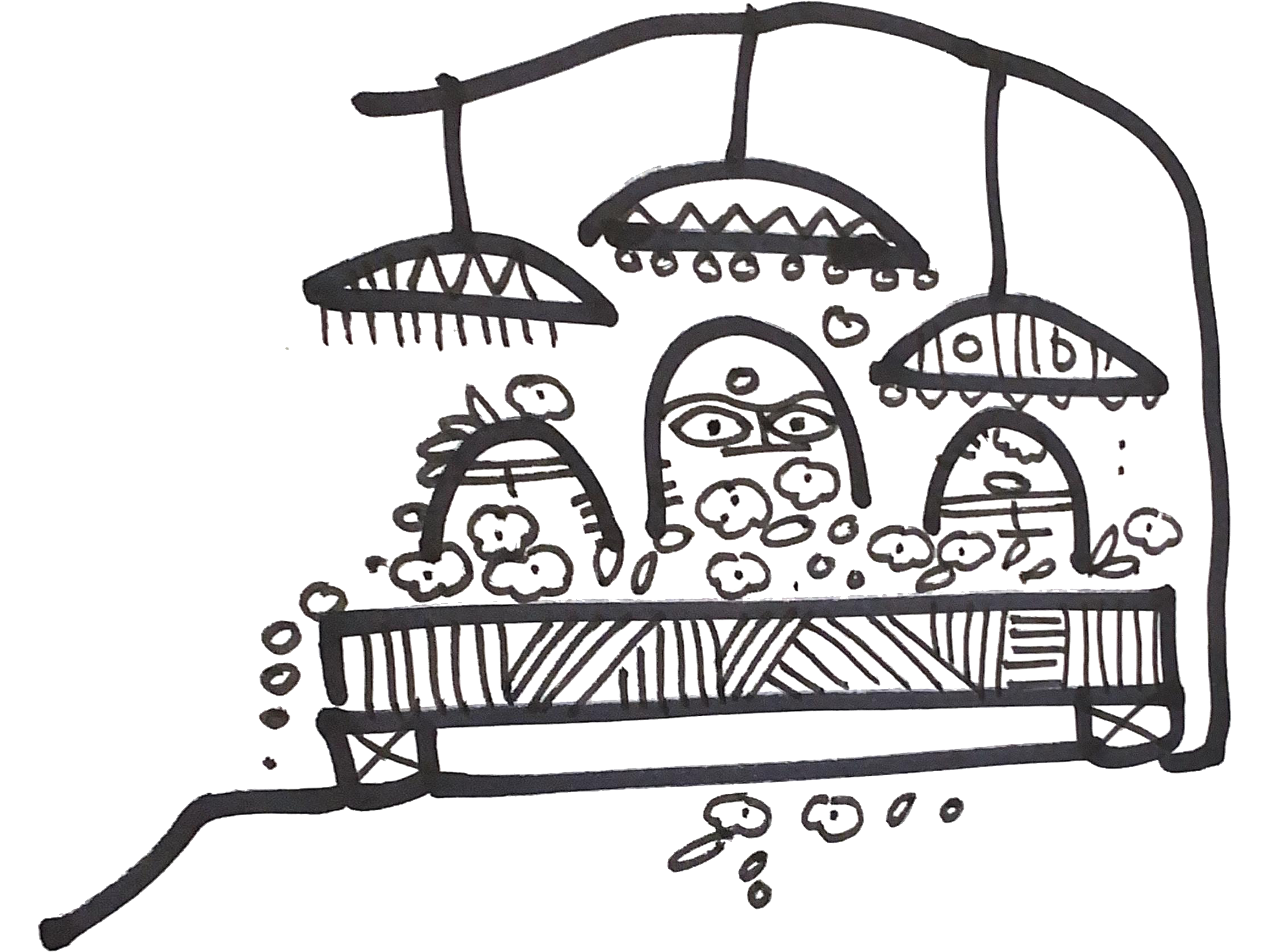Published on 15th October, 2022, in Economic Times.
Along the banks of the Tungabhadra, the Vijaynagara kings established grand temples in the 14th century. Each temple was attached to a marketplace. There was one temple for the spice market, another for the horse market, and another for the jewellery market. This makes one wonder if the temples were founded as spiritual or material institutions. This brings forth another question. Is this division between spiritual and material an artificial one? Do we truly understand the close relationship between the two?
In ancient times, the market and the temple had a close relationship. The maintenance of the temple depended on the income that came from the market. From the market, came the taxes that enabled the temple to have its grand festivals, rituals, payment for the priests and various resources for the dancers, singers, musicians and cooks. In exchange, the temple provided protection to regulate the market. It also gave spiritual blessings, enabling ethical and moral practices within the business relationships.
So, there was a symbiotic relationship. The temple gives spiritual benefits to the market and the market gives material benefits to the temple. This enabled the success of the structures. Temples were centres of art, enabling musicians, dancers, painters, and sculptors to function. It helped regulate society by creating rituals. These rituals structured the day, month and year for people, as they aligned with the agricultural and mercantile rhythms of society.
Many temples across India owned lands which means temples were involved in the management of lands. These lands were called Deva-bhoga, or lands for the pleasure of the deity. This was an old way to establish an impersonal institution. The owner was not a person but a community, embodied in the deity. The harvest was shared with all caretakers of the temple – the priest, the dancer, the cleaner, the musician, the trader. Tamil merchants who offered lamps to the temple deity were told to additionally provide cows whose milk would generate the ghee for the lamps. The merchants also had to provide goats to support the cowherds who would take care of the temple cows.
When we talk of the Brahmin control over temples, we assume that Brahmins were only the priests there. But they were also landowners. They served in settling disputes between merchants. They served as scribes, too. They may also have managed waterworks to ensure hygiene and the settlements of people around the temples.
They also were political centres as they gave legitimacy to the local kings. The king who patronised a temple was seen as the beloved of its deity. The kings of Odisha often identified themselves as the servants of Lord Jagannath. The devotees of the deity in effect became devotees of the king. Kings would come and go but the temple would always stay. This created a sense of stability and order, which is important for economic growth. In effect, temples need to be seen from a political and economic angle and not just a spiritual one.
Thus, when we look at the temple as a nodal governing body, like a secretariat, we start appreciating the temple in a different way. These practices predate temples. We know that the Buddha’s sanghas served as economic institutions. They operated as banks to merchants. We know that in the Jain temples, the junior monks were involved in banking. Since they were monks, practising detachment, they were trusted for not misusing the funds. They have played an important role in establishing early banking institutions. Jain merchants were encouraged to build temples to celebrate Jainism. Each temple provided income opportunities for architects and sculptures. Merchants were told that ‘the sound of stone masons’ was an indicator of success of the community. Temples had to always be under construction; this could only happen with a steady stream of income, a portion of the profit, used not just for spiritual propaganda, but also to provide livelihood to the best artists in the land.
Across India, we find abandoned temples, grand in scale but hardly used anymore. When we go into the history of the region, we realise that when trade routes shifted, people shifted and with that the temples lost their central value in the region. The Deogarh temple and the Khajuraho temples are cases in point. Without trade, there was no way to support the temple. In Kerala, agricultural development is closely linked to the grand temples which regulate the income from the temples across various communities. A temple was seen as the mother which fed many people, settled many disputes, inspired artists, and brought order to the land. Temples collaborated with each other through festivals and fairs. Every festival and fair created economic opportunities for merchants, traders, and entertainers. These festivals were as much about gods as they were about people and their economic and social needs. It is important to study temples for this holistic role as creators and distributors of resources, power, knowledge and art.











